In April we're showcasing how a rising consumer demand to know where, how and by whom our food is grown has led to the growth of a host of new market opportunities for farmers, ranchers and other food businesses. In fact, last week we announced that the number of domestic certified organic operations increased by almost 12 percent between 2014 and 2015, representing the highest growth rate since 2008 and an increase of nearly 300 percent since the count began in 2002. That continues a trend of double-digit growth in the organic sector. In April we'll take a look at how USDA's programs evolved to support a growing movement to better get to know our farmers, connecting producers with consumers and expanding rural economic opportunities to help more farmers stay on the farm: www.usda.gov/medium.
Helping Organics Grow with Clear Livestock and Poultry Standards The mission of the National Organic Program, part of USDA's Agricultural Marketing Service (AMS), is to protect the integrity of USDA organic products in our country and throughout the world. This means clearly defining what it means to be organic and enforcing those rules. Consumers look for and trust the organic seal because they know that USDA stands behind the standards that it represents. "This partnership couldn't have worked out any better," said Academy of Arts, Careers and Technology (AACT) Agriculture Teacher Michelle Burrows. As part of a senior project to put their agricultural and leadership skills into practice, Earth Team volunteers Samantha (Sam) Antipa and Monique Renteria assist in the People's Garden of Truckee Meadows. Since USDA launched the U.S. Food Waste Challenge in 2013, leaders and organizations across the food chain have committed to reducing, recovering, and recycling food loss and waste. Last week, I joined our newest partners in this effort at the Jessup Terminal Market to launch their own friendly competition, the Terminal Market U.S. Food Waste Challenge. Historically black colleges and universities, particularly the "1890 land-grant universities (LGUs)," have conducted groundbreaking studies to further advance agricultural research in this country, such as eradicating peanut allergens and food borne illnesses. Now, they're making significant impacts abroad by strengthening U.S. global outreach in agribusiness. The U.S. Department of Agriculture's National Institute of Food and Agriculture (NIFA) invests in agricultural research, education, and extension programs that take groundbreaking discoveries from laboratories to farms, communities, and classrooms. These programs enhance the competitiveness of American agriculture, ensure the safety of the nation's food supply, improve the nutrition and health of communities, sustain the environment and natural resources, and bolster the economy. The Homeless Garden Project (HGP) provides sanctuary, refuge and meaningful work for homeless citizens within the healing environment of a three-acre organic farm in Santa Cruz, California. This unique urban garden and farm is inspired by the joy that comes from growing and sharing healthy food, the well-being created by vibrant social and natural ecosystems, and every individual's potential for growth and renewal. Farmers love data. And while big picture items are great, growers tell us they really want and can use local data. In addition to national and state-level statistics, some of our most popular data are the county-level agricultural production information that we collect and publish. Excitement is building in the produce industry. From salad greens to roasted beets to fresh blueberries, local food is showing up on grocery stores shelves, as new features on restaurants menus and on our kids' school lunch plates. Before serving in my current role at USDA, I served eight years in the U.S. Army and the Iowa National Guard, including a 15-month mobilization and deployment as a combat engineer in Kandahar, Afghanistan. During my tour, I saw firsthand the tremendous scope of unique skills, experiences and perspectives held by those who serve in our armed forces. Groups of Farmers May Now Join Together for Good Ag. Practices Certification Broadcast Date: Tue, April 5, 2016 If you are a farmer wanting to be certified in USDA's Good Agricultural Practices program, you may be able to join with your fellow producers in your area in getting that certification. (Gary Crawford and Chuck Parrott) Broadcast Date: Mon, April 4, 2016 Todd Van Hoose of the Farm Credit Council talks about educating companies who are investing in and building rural infrastructure on the differences between rural and urban infrastructure. New numbers show the yearly trend of double digit growth in the U.S. organic sector is continuing. (Gary Crawford and Miles McEvoy) Broadcast Date: Mon, April 4, 2016 Miles McEvoy, with USDA's National Organic Program, talking about the recently launched Organic Integrity Database which tracks certified organic operations. Supporting local growers by giving them a market to sell their goods - that is one example of a local food system, like one of several found in one metropolitan area. (Rod Bain and David DeLoche) Florida farm market operator, David DeLoche, explains how efforts came about to establish the business as a local food system - buying items from neighboring food producers. Local food initiatives get a boost from USDA (Kansas City Star) Local food was taking root in Kansas City long before the U.S. Department of Agriculture got around to marking grants and keeping statistics. My own local food bylines started in 1997 with a story about community-supported agriculture, a sort of subscription program connecting farmers with hungry consumers. The number of certified organic farms in Indiana increased 17-percent from 2014 to 2015, outpacing the national average of 12-percent. Indiana added 81 organic operations last year, with another 11 added so far in 2016. The U.S. Department of Agriculture announced the new data, compiled by the National Organic Program, this week. American consumers' demand for chemical-free and locally produced food has caused a surge in the number of organic operations across the county, new figures show. The U.S. Department of Agriculture reported Monday that the number of certified organic producers jumped by almost 12 percent from 2014 to 2015 — the highest rate increase since 2008. There's been a trend in American agriculture, and farmers are taking notice. American consumers are becoming increasingly interested in organic and locally grown foods. The United States Department of Agriculture (USDA) reported Monday that the number of certified organic operations has increased by 12 percent between 2014 and 2015 -- the highest increase since 2008. A few years ago in a display of bipartisan support, Congress directed the U.S. Department of Agriculture to expand free school meals to more low-income children during the school year and to ensure the food we serve our children at school provides the nutrition they need to grow up healthy and strong. Farm-to-table is tough when you're talking about millions of tables. So it's good to see philanthropy playing an increasing role in creating sustainable food systems, and also to see how a new USDA program is enlisting a fleet of funders to help the local food movement scale up. The number of organic farms is increasing, even after more than a decade of sustained growth in the sector, according to newly released USDA data. There are about 22,000 certified organic farms in the U.S. and more than 31,000 worldwide, the department's Agricultural Marketing Service (AMS) says in a release. Between 2014 and 2015, the number of organic farms in the U.S. increased by 12 percent - the highest growth rate since 2008. The U.S. Department of Agriculture (USDA) today announced a significant increase in the number of certified organic operations, continuing the trend of double digit growth in the organic sector. According to new data, there are now 21,781 certified organic operations in the United States and 31,160 around the world. Today, the US Department of Agriculture (USDA) in partnership with the Appalachian Regional Commission (ARC), Delta Regional Authority (DRA), and 15 philanthropic partners, announced the creation of the Leveraging Investment for Network Coordination ("Food LINC") initiative, which is designed to grow local and regional food economies through value chain development. The U.S. Department of Agriculture (USDA) reports that Organic food production is on the rise. According to the report, certified organic programs have increased over 300 percent since the USDA began keeping track in 2002. There are now 21,781 certified organic programs in the United States and 31,160 worldwide. |
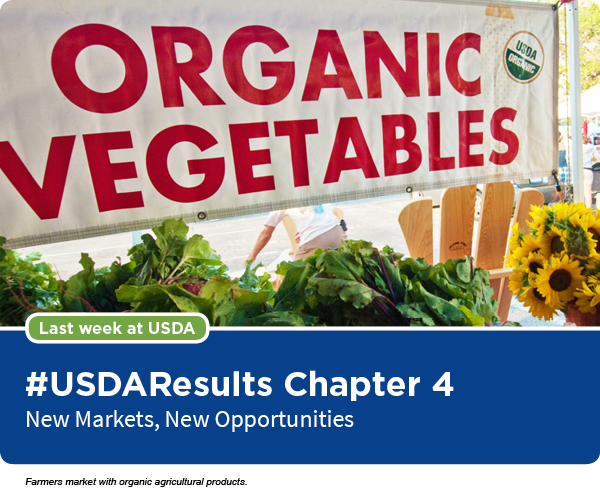

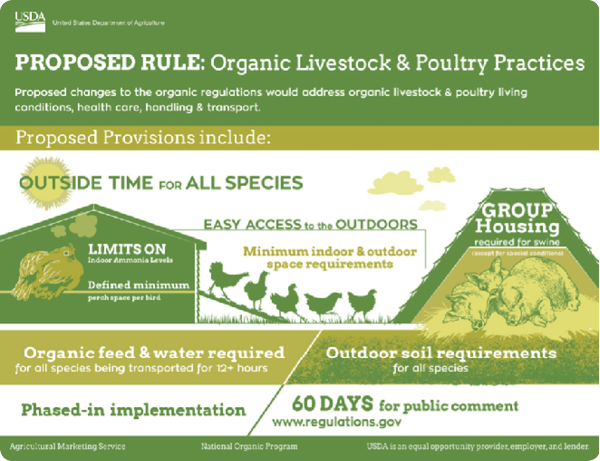

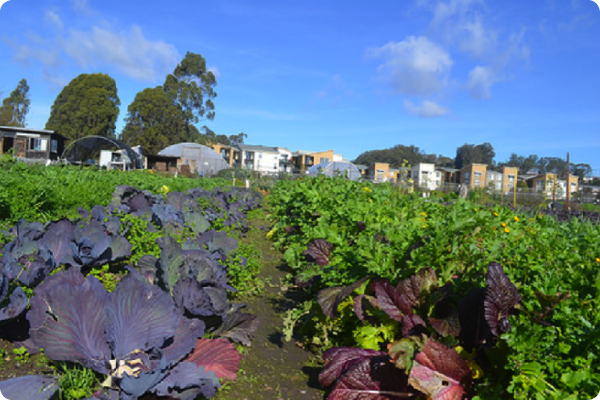
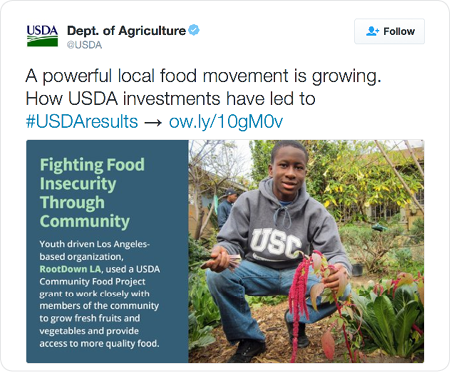
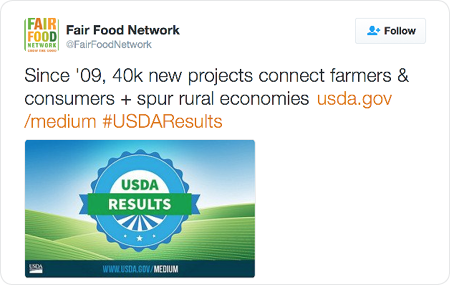
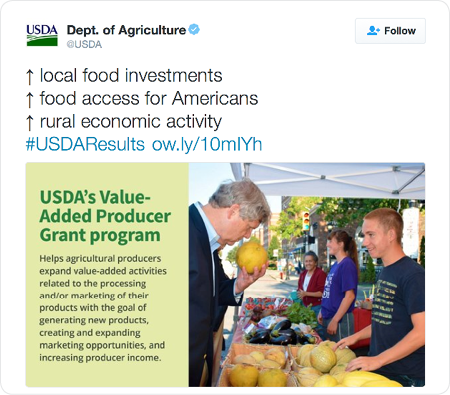
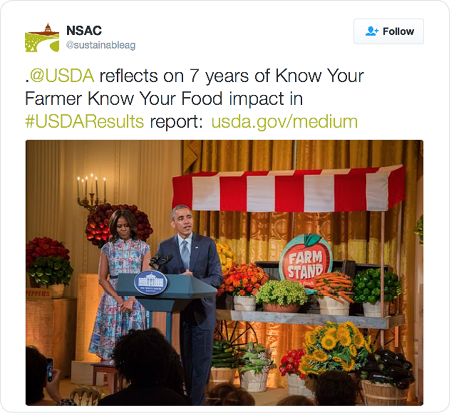
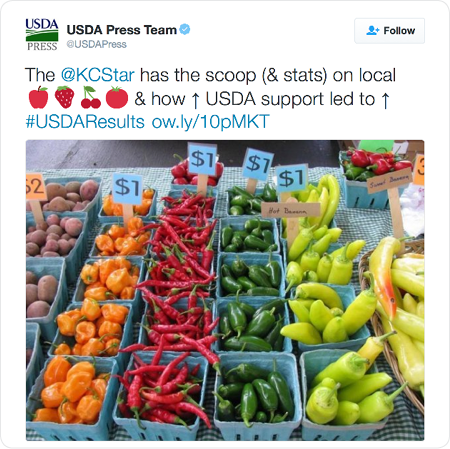
No comments:
Post a Comment